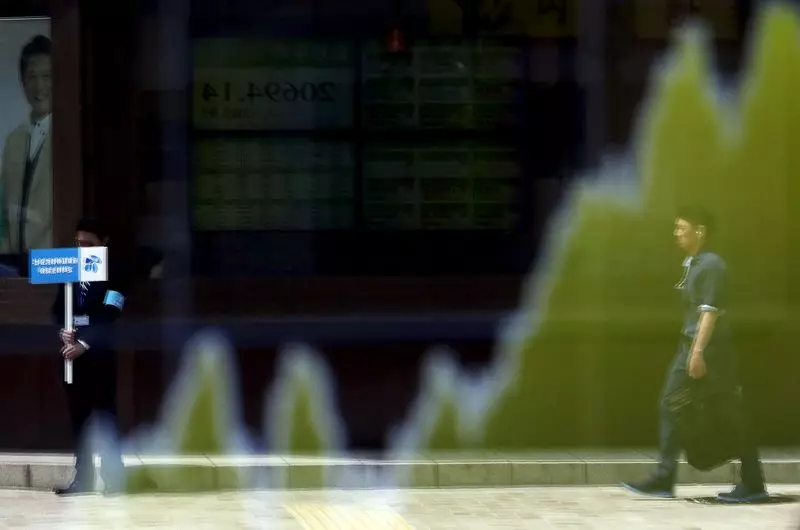In the wake of a significant interest rate cut by the Federal Reserve, Asian markets displayed a mixed yet generally positive response. While the cuts brought a wave of optimism, given their potential to stimulate economic activity, underlying concerns regarding long-term economic growth added a layer of complexity to the trading environment. The recent move by the Fed, reducing rates by an unexpected 50 basis points, was perceived as a double-edged sword, igniting an upward momentum in stock indices but simultaneously raising flags about the economic trajectory.
The juxtaposition of the U.S. market’s downward close the previous day set a somewhat cautious tone for investors in Asia. Anticipation of the Fed’s intentions regarding future rate settings clamored amid the market. In spite of these uncertainties, investors in Asia navigated a choppy trading day, buoyed by the Fed’s intervention but still wary of its implications for sustainable growth.
Particularly striking was the performance of Japan’s equity markets. The Nikkei 225 and TOPIX indices saw remarkable increases, soaring between 2% and 2.8%. This impressive rise can be attributed to a decline in the yen’s value, which was significantly impacted following the Fed’s decisions. The depreciation of the yen against the dollar created an appealing scenario for Japanese exporters, further incentivizing stock purchases within the region.
The anticipation surrounding the upcoming Bank of Japan (BOJ) meeting added to this buoyancy. Investors were intrigued yet wary, as speculation about potential interest rate hikes heightened. Despite previous communications from BOJ officials indicative of a hawkish stance due to rising inflation, uncertainty lingered ahead of the consumer inflation data scheduled for release soon thereafter.
The broader Asian landscape presented a more nuanced picture. Australia’s ASX 200 advanced by a modest 0.3%, hindered by robust employment statistics that hint at extended periods of elevated interest rates. Strong job data essentially gives the Reserve Bank of Australia less flexibility to pivot towards lower rates, making room for continued cautious optimism.
Conversely, mainland China’s stock exchanges, the Shanghai Shenzhen CSI 300 and the Shanghai Composite, exhibited a slight rebound at 0.5% and 0.4% respectively. This increase, albeit restrained, came on the heels of a protracted slump that saw stocks plummet to seven-month lows. Observations indicated an expectation of stagnant policies from the People’s Bank of China as they prepared to announce their benchmark loan prime rate.
Hong Kong’s Hang Seng index reflected similar positive trends with a 0.6% gain, showcasing a basket of mixed sentiments flooding through regional markets. Across the board, South Korea’s KOSPI index faced a setback, dropping 0.5% in what some analysts coined as a necessary correction after a three-day hiatus.
Federal Reserve Chair Jerome Powell’s commentary provided a rosier outlook, attempting to alleviate fears surrounding a faltering economy. His remarks highlighted a balancing act concerning inflation and labor market health, suggesting that the Fed’s vision was far from returning to the ultra-low rate environment seen during the pandemic. Thus, investors must remain vigilant, noting that a hike in neutral rates could mean that previously experienced borrowing conditions may not return soon.
In summation, while the immediate aftermath of the Fed’s bold decision yields a buoyant response from Asian markets, shouting optimism while whispering caution, the reality is more layered. The intricate interplay of local and global economic signals continues to shape trading behaviors and investor sentiments, creating a landscape that is as promising as it is unpredictable. The coming days will be pivotal as nations, particularly those with significant ties to the U.S. market, navigate the ramifications of these financial shifts on their economies.

